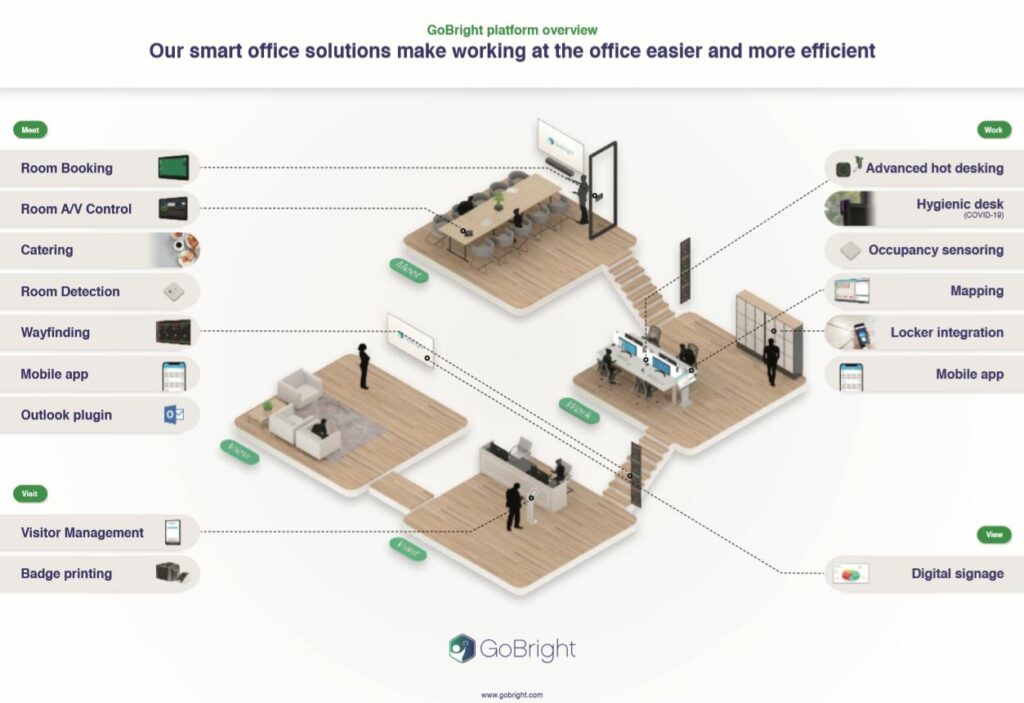Remote work has become more prevalent than ever before. Hiring remote developers, especially Java developers,…

Flexible workplaces and working from home
The ever-changing workplace
Every generation experiences different major changes in the workplace. Whether it comes to reducing working hours – Henry Ford had people in his company work five, instead of six, days a week in the 1920s – but also more flexibility, better emancipation, or simply wearing other clothing within the office walls. The latter was the case, for example, in the 1960s-1970s. We are all familiar with the image of series such as Mad Men in which men walk in suits with matching hats, and women walk in dresses and blouses, rounded off with thin stiletto heels. At the time, companies were mainly focused on process-based work, without deviating from it. Such clothing fits perfectly with this routine and static approach. Nowadays companies are more focused on getting results, and as it turned out, productivity was higher among people who were happy in the workplace and they became happier with more freedom. At that time, more freedom was given by degreasing the rules on clothing, but in our time, especially after this year, it seems to revolve around the flexible workplace; the relationship between working at the office or at home and the freedom therein that organizations are willing to give.

Ford assembly line 1913
Change in 2020
Changes in organizations never occur out of nowhere, there is always a trigger. In the case of the flexible workplace, this was the spread of COVID-19 around the world. Of course, there were already organizations that offered their employees flexible workplaces and measures – there are always organizations that are at the forefront – but who would have expected that in 2020 people would mainly work from home? Organizations were obliged to let their employees work from home as much as possible, in order to prevent the spread of the virus. Although for some it was easier than for others, positive sounds were heard quite quickly. These initially came from the employees. They discovered how much time they spent every day commuting to and from work, as well as how much a workplace could distract from the tasks on the agenda. In IT, there were also many sounds about rising productivity. They could concentrate better, get more done and were happier because there was more time left for other things outside of work. There was flexibility not only with regard to the workplace but also in the spending of time. If people worked at home, during the break, an episode could be quietly watched on Netflix, to afterward start working fresh. An increase in productivity also became apparent among employers, and this already caused noises in mid-2020 that this “trend” might continue after Corona.
Watch this interesting video from The Economist, about the emergence of offices until the present
Challenges of flexible workplaces
It is easy to talk about the benefits that flexible workplaces bring, but of course, there are also many challenges for organizations and their employees.
What were the biggest challenges in the field of flexible workplaces in the past year? Consider, for example, technical problems, such as limited bandwidth which resulted in poor connections, or what about problems with the infrastructure, colleagues who were more difficult to reach, challenges when working together, or waiting longer for the necessary information that is needed to perform a certain task. The past year presented additional challenges given the extraordinary circumstances in which many employees found themselves. Such as the home situation, including the homeschooling of children. Managers also said that, during the lockdown, they should look for alternative ways to coach teams remotely. However, many of these limitations and challenges are easily resolved through more preparations, something that was, understandably, lacking in the past year.
Today, however, there are opportunities for employers to differentiate themselves and it is advisable to take steps now to gain an advantage over your competitors or win the battle for top talent. There is a nice compromise between working at the office and working at home, for example by introducing a 50-50 model, or by giving employees more freedom where they want to do their work and to let them take their own responsibility. If it improves productivity, why not?
Innovative developments
Flexible workplaces also go much further than before. Who doesn’t remember the office space with a single empty table with cables on it, as if a theft had just taken place and there was only time to take one device? A desolate view where people could sit, connect a laptop and work flexibly.
Today this is completely different. Take the Dutch organization GoBright from Alblasserdam, for example. They developed a platform that transforms any office into an office of the future, which we can now call “the office of today”. Their mission is to make offices around the world more effective, easier and smarter. This includes digital booking of meeting rooms, booking a workplace (which, with just a pass, completely adapts to your personal preferences), but also an automated system to receive guests, have them booked in and guide them within the office walls. Every employee of an organization that uses the GoBright platform can indicate at all times when and how he/she wants to use the office. For example, the organization is not tied to fixed workplaces for its employees. They call it “hot desking”, and this means that fewer workplaces are needed, that there is more diversity in the workplace and it opens doors for more creativity and easier collaboration.

Outsourcing and flexible workplaces
At Personal Programmer Macedonia (and The Netherlands) we already made use of flexible working in the sense that employees, by approval with the client, discussed when they wanted to work at home and when at the office. This requires a great deal of trust between the client and the programmer, which is a must in nearshoring. 2020 has shown that even if the programmers work completely from home, productivity remains the same and is even higher than before. This ensures that we too will start preparing for the post-COVID era. Flexible offices, flexible workplaces and all this with an online booking system. The time is now to prepare for change.


